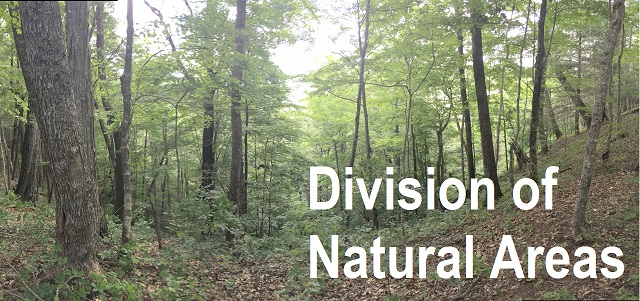Title
The aftermath of an invasion: structure and composition of central Appalachian hemlock forests following establishment of the hemlock woolly adelgid, Adelges tsugae
Document Type
Article
Publication Date
2010
DOI
10.1007/s10530-010-9704-0
Abstract
As the highly invasive hemlock woolly adelgid, Adelges tsugae, continues to expand its distribution in eastern North America, affected forests will incur drastic changes in composition and structure. While these changes have been well-studied in dense hemlock forests in the Northeast, relatively little work is known about the effects of the adelgid at the western edge of the range of eastern hemlock, Tsuga canadensis. We evaluated the nature and extent of these changes using vegetation assessments coupled with growth simulations. The woody plant community was assessed in three strata (upper, mid- and lower) and was used to predict forest succession. Using the Forest Vegetation Simulator (FVS), we then projected the growth of hemlock forests 20 years into the future with and without the effects of the adelgid. In forest simulations lacking adelgid invasion, little change in composition or structure is forecast. In contrast, our projections predict a near complete loss of the hemlock forest type within 20 years of adelgid establishment, with widespread conversion to hardwood forest types, most notably white oak-red oak-hickory, chestnut oak-black oak-scarlet oak, and yellow poplar-white oak-red oak. Hemlock loss will result in denser deciduous forests with thinner canopies and multiple gaps, and significant alterations to terrestrial and aquatic wildlife habitat.
Recommended Citation
Spaulding, H. L., and L. K. Rieske. 2010. The aftermath of an invasion: structure and composition of central Appalachian hemlock forests following establishment of the hemlock woolly adelgid, Adelges tsugae. Biological Invasions 12:3135-3143. doi:10.1007/s10530-010-9704-0


